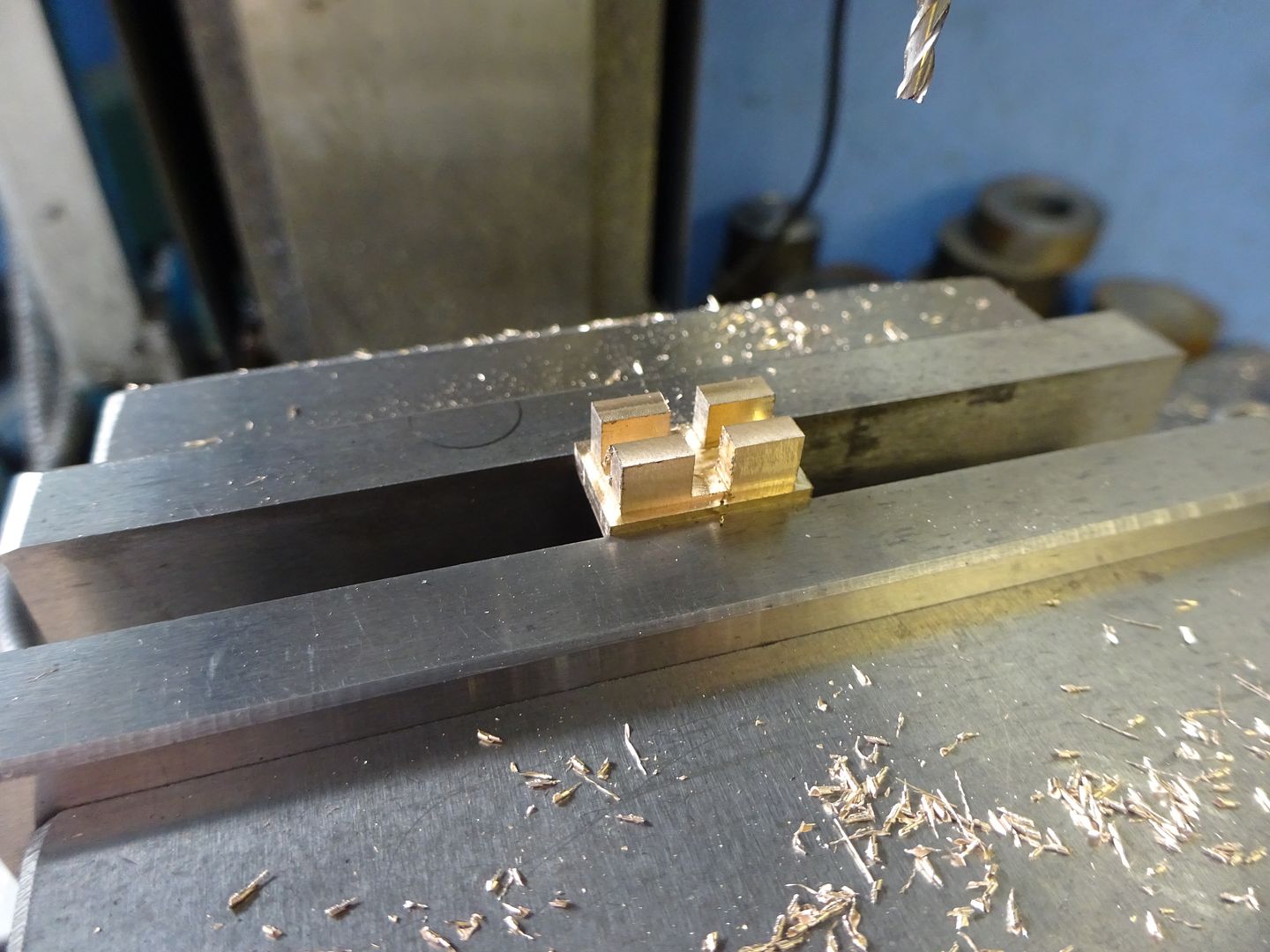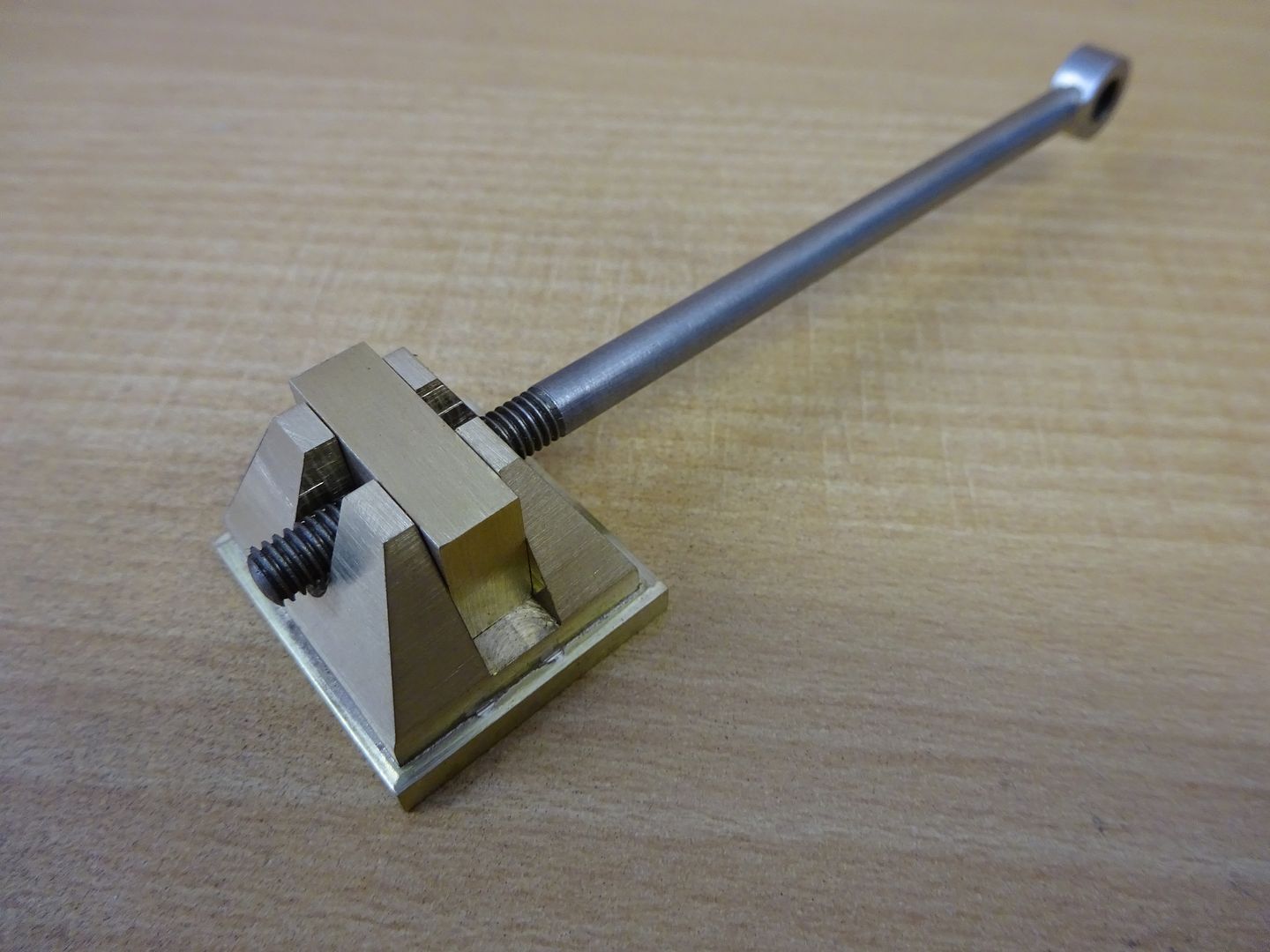Nice engine! Where did you find the plans? It looks like the Stuart Beam engine, which I know was modeled off of an old engine.
About ten years ago I designed and build a much smaller version of the beam engine, similar to the Stuart on my CNC'd Sherline mill.
I'd like very much to compare designs.
Alan
About ten years ago I designed and build a much smaller version of the beam engine, similar to the Stuart on my CNC'd Sherline mill.
I'd like very much to compare designs.
Alan

























![DreamPlan Home Design and Landscaping Software Free for Windows [PC Download]](https://m.media-amazon.com/images/I/51kvZH2dVLL._SL500_.jpg)










































































